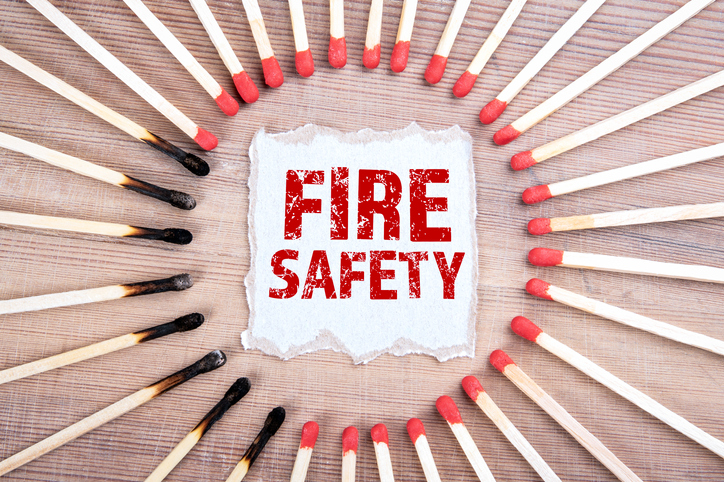
Who is responsible for the repair and maintenance costs of fire safety defects?
Following the Grenfell tragedy, the government set up the Building Safety Fund to pay for the cost of replacing flammable cladding on buildings over 18m. However, not all buildings will meet the government’s criteria for funding, and the fund does not extend to replacing defects beyond flammable cladding.
So, who should pay for the cost of rectifying fire safety defects that will not be covered by the Building Safety Fund? This article provides an overview of parties involved and what responsibility they may have for rectifying defects.
Who pays for fire safety defects – landlord or leaseholder?
Most properties affected by fire safety issues are owned on a leasehold basis.
Whilst the owners of flats will own a lease for their own property, it is the landlord who owns and is responsible for repairs to the structure and common parts of the building. The leases will usually contain obligations that require the landlord to repair and/or maintain the structure.
However, in the vast majority of cases, the costs of any repair and/or maintenance work undertaken by the landlord will be recovered from leaseholders via the service charge provisions under the lease. Therefore, whilst the landlord may have obligations to carry out repairs, it is the leaseholders who ultimately pay for it.
Are developers responsible for fire safety defects?
The developer will owe a contractual duty and statutory obligations to “first purchasers” / leaseholders, to construct the flats and structure of the building properly. This will usually be by reference of Building Regulations, industry standards or an agreed specification.
The developer owes all leaseholders (whether first purchasers or subsequent purchasers) a statutory duty to construct the flats and building in workmanlike or professional manner, with proper materials and so that it is fit for habitation. This statutory duty arises under the Defective Premises Act 1972 (DPA).
The fitness for habitation test is fairly wide-reaching and does not mean that the property has to be uninhabitable. A dwelling which has been constructed with combustible materials (such as ACM cladding) or fails to comply with essential fire safety standards is likely to fall foul of the requirements of the DPA.
Claims for breach of contract or breach of the DPA should be brought within six years of the date that the properties were built. However, the limitation period for claims under the DPA is likely to be extended by the Building Safety Bill coming into force next year.
What about contractors and professional consultants?
The DPA imposes the same obligations to construct correctly on any person who is involved in the provision of a dwelling. This includes any contractor or sub-contractor involved in the construction process.
Likewise, any professional consultants who have been involved with the design of a dwelling will owe a duty to leaseholders under the DPA, as they will fall within the scope of a person taking on work for or in connection with the provision of a dwelling.
What role does the building inspector play?
There is established case law which states that a local authority carrying out their building control function will not owe any duty of care to owners of properties if it transpires that their property was built in contravention of Building Regulations.
The position may be different where an independent approved inspector is used and is privately engaged under a contract of appointment. This may give rise to a contractual obligation on the part of the inspector to act with reasonable skill and care.
What cover do warranty providers provide for fire safety defects?
Most new build properties now come with a ten year building warranty.
In theory, these warranties should give owners of dwellings the ability to claim for the cost of rectifying defects if they cannot recover those costs from the original developer. However, most of the warranties that are currently available provide limited cover for fire safety defects. In particular, during the “structural defects period” (usually years 3-10 of the policy) the warranty provider usually restricts cover to “damage caused by a defect” in the building. This means that they will not cover fire safety defects because no physical damage has occurred.
Some warranties provide extra cover where the warranty provider also performed the building control function for the original construction. In this case they will cover any breach that presents an immediate risk to the safety of occupants.
Summary
The current requirement for all high-rise buildings over 18m to have an EWS1 certificate has identified many buildings that have an unacceptable risk from fire safety defects.
Whilst the landlord of the building may be obliged to correct these defects, it will be the leaseholders that pay for that work. The leaseholders have various options should they wish to recover these costs from those involved in the original construction of the building.
The government has committed to extending the limitation period for leaseholders to bring such claims from the current six years to fifteen years. If this proposed change is enacted it will significantly widen the scope for claims to be made against those involved in the construction of dwellings, including for fire safety related defects.
